Bruises
Accidental childhood bruises are usually limited to extensor surfaces and bony prominences. They are usually the result of falls in infants or toddlers with unsteady motor skills, or in older children during high-energy play activities (e.g., playground falls, sports injuries).
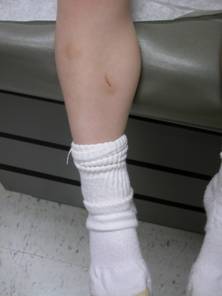
Fig. 1: Typical small pretibial bruises and abrasion in a 4 year old child.
Bruises to the trunk, flexor surfaces, face, ears, genitals, or to diapered areas are less common after accidental childhood injuries, and should be carefully evaluated. The parent or guardian should be questioned about how the injury occurred, and the explanation should be compared to the child's developmental capabilities and to the amount of impact energy implied by the explanation.
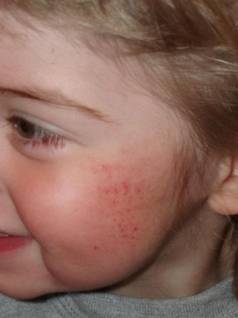
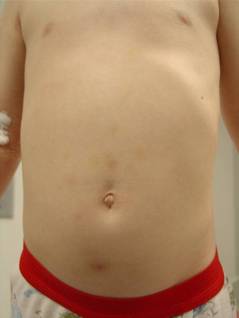
Fig. 2: Petechiae and faint linear marks typical of a handlap injury.
Fig. 3: Abdominal wall bruises in a 4 year old boy after being pinched and punched by his mother's boyfriend.
Image not available
Fig. 4: Bruises to perineum and upper thigh in a 5 year old who was hit with a broom handle after a toilet accident.
Accidental bruises are usually the result of falls, so bruises in infants who have not started crawling or walking are suspicious for abuse. A classic study on this topic includes the sentence "Those who don't cruise rarely bruise."
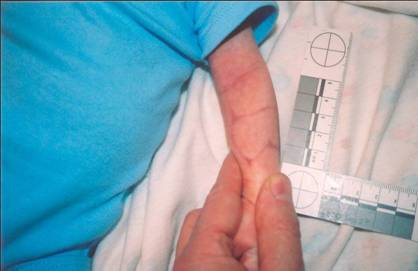
Fig. 5: Squeeze/grab marks in a newborn infant
Patterned bruises are very suspicious for inflicted injury. If the outline of a hand, fingers, or of an object can be seen, the injury should be carefully documented.

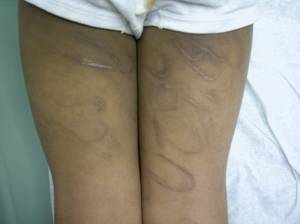
Fig 6: Handslap marks in a school aged boy.
Fig. 7: Looped scars from beating with an extension cord.